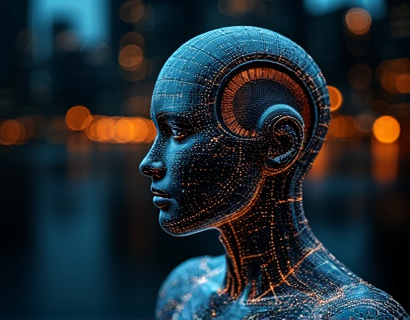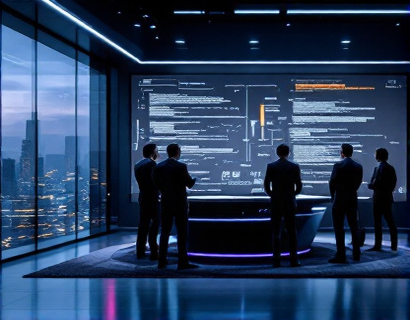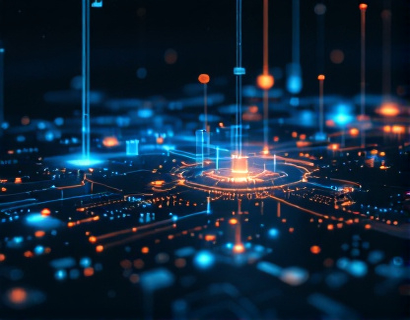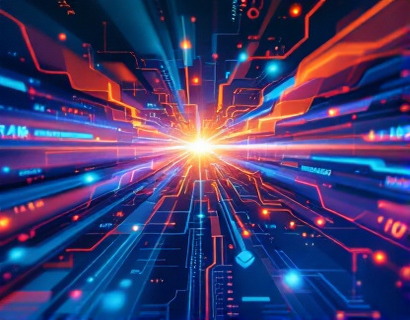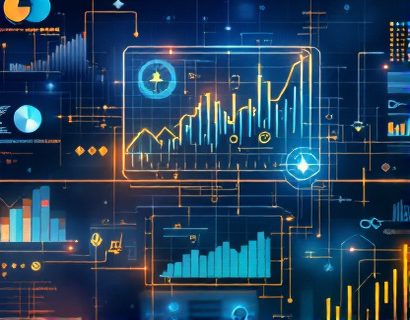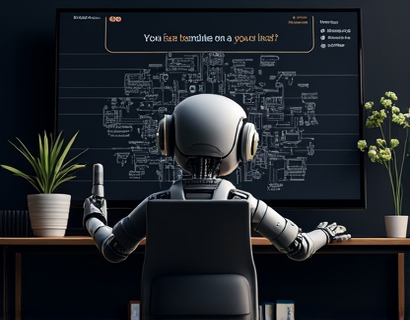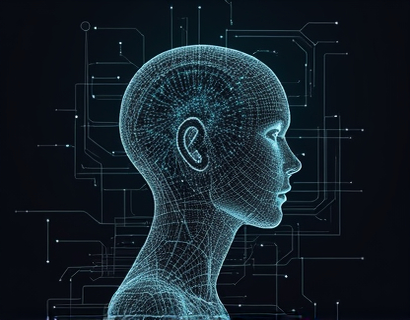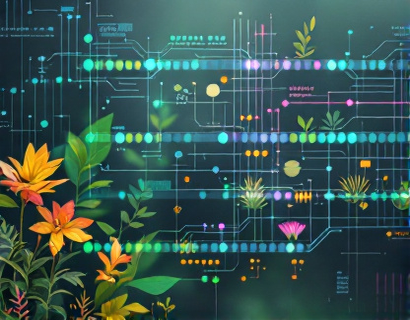AI-Powered Translation Technology: Revolutionizing Global Communication for Businesses and Individuals
In an increasingly globalized world, the ability to communicate effectively across languages has become a critical asset for both businesses and individuals. AI-powered translation technology has emerged as a transformative force, breaking down language barriers and enhancing international interactions. This advanced technology leverages the power of artificial intelligence to provide precise and rapid translations, ensuring seamless multilingual connections across diverse industries. The evolution of translation tools has not only improved accuracy but also increased efficiency, making global communication more accessible than ever before.
The Evolution of Translation Technology
The journey of translation technology dates back to the early days of machine translation, which relied on rule-based systems and dictionaries. These early systems, while groundbreaking, often struggled with context, nuance, and the complexities of human language. The advent of AI and machine learning has revolutionized this field, enabling the development of more sophisticated and accurate translation tools. Modern AI-powered translation systems use neural networks and deep learning algorithms to understand and translate text with a level of precision that was previously unattainable.
How AI-Powered Translation Works
At the core of AI-powered translation technology is the neural machine translation (NMT) model. Unlike traditional rule-based systems, NMT uses large datasets and neural networks to learn the patterns and structures of languages. This approach allows the system to generate translations that are not only linguistically accurate but also contextually relevant. Here’s a simplified overview of the process:
- Data Collection: The system is trained on vast amounts of bilingual text data, which helps it learn the nuances of language.
- Model Training: Using deep learning techniques, the model is trained to recognize and understand the relationships between words and phrases in different languages.
- Contextual Understanding: Advanced algorithms enable the system to consider the context of the text, including the topic, tone, and intended meaning.
- Translation Generation: When a user inputs text, the system processes it and generates a translation that is both accurate and natural-sounding.
This process is continuously refined through feedback loops and ongoing training, ensuring that the translations become more accurate and culturally appropriate over time.
Benefits for Businesses
For businesses operating in a global market, AI-powered translation technology offers numerous advantages. Here are some key benefits:
Enhanced Customer Engagement
By breaking down language barriers, businesses can communicate more effectively with their international customers. This leads to better customer service, increased customer satisfaction, and ultimately, higher loyalty and retention rates. AI translation tools enable companies to provide multilingual support, making it easier for customers to get the help they need in their preferred language.
Expanded Market Reach
With accurate and efficient translation, businesses can expand their reach into new markets with minimal effort. This is particularly beneficial for small and medium-sized enterprises (SMEs) that may not have the resources to hire human translators for each new market they enter. AI-powered tools allow these businesses to communicate effectively with local audiences, adapt marketing materials, and understand local preferences and regulations.
Improved Collaboration
Global teams can collaborate more seamlessly with the help of AI translation technology. Project documents, meeting transcripts, and emails can be translated in real-time, ensuring that all team members are on the same page regardless of their language. This enhances productivity and fosters a more inclusive work environment.
Cost Efficiency
While human translation services are reliable, they can be expensive, especially for large volumes of text. AI-powered translation tools offer a cost-effective alternative without compromising on quality. Businesses can save on translation costs while maintaining high standards of accuracy and professionalism.
Benefits for Individuals
Individuals, too, can greatly benefit from AI-powered translation technology. Here are some of the key advantages:
Travel and Tourism
Travelers can navigate foreign countries more easily with real-time translation tools. Whether it’s reading signs, ordering food, or engaging in conversations, AI translation apps can provide immediate assistance, enhancing the travel experience and reducing language-related stress.
Learning and Education
Students and language learners can use AI-powered translation tools to improve their language skills. These tools can help with vocabulary building, grammar, and comprehension. Additionally, access to educational materials in multiple languages makes learning more accessible and engaging.
Personal Communication
Individuals can maintain relationships with friends and family who speak different languages. AI translation apps enable real-time communication, making it easier to stay connected regardless of language differences. This is particularly valuable for multilingual families and international friendships.
Challenges and Limitations
While AI-powered translation technology has made significant strides, it is not without its challenges and limitations. Some of the key issues include:
Contextual Nuances
AI translation tools, despite their advanced capabilities, can sometimes struggle with idiomatic expressions, sarcasm, and cultural references. These nuances often require a deep understanding of context, which AI systems may not fully grasp. However, ongoing advancements in natural language processing (NLP) are continually improving the system's ability to handle such complexities.
Data Privacy Concerns
Using online translation services involves sending text data to remote servers, which can raise privacy concerns. It is essential for users to choose reputable and secure translation tools that prioritize data protection and comply with privacy regulations.
Dependence on Technology
Over-reliance on AI translation tools can lead to a decrease in language learning and proficiency. While these tools are invaluable, they should be used as a supplement rather than a replacement for human language skills.
Future of AI-Powered Translation
The future of AI-powered translation technology looks promising, with several exciting developments on the horizon:
Improved Accuracy
As AI models continue to learn from larger and more diverse datasets, the accuracy of translations will improve. This will make AI translation tools even more reliable and suitable for a wider range of applications.
Real-Time Translation Devices
Advancements in hardware and software will lead to the development of more sophisticated real-time translation devices, such as wearable devices and smart glasses, making language translation more accessible and convenient.
Integration with Other Technologies
AI translation technology will likely integrate with other emerging technologies like augmented reality (AR) and the Internet of Things (IoT), creating more immersive and interactive multilingual experiences.
Conclusion
AI-powered translation technology has transformed the way we communicate globally, breaking down language barriers and fostering better understanding between cultures. For businesses and individuals alike, these tools offer unparalleled accuracy, efficiency, and convenience. As the technology continues to evolve, we can expect even more innovative applications that will further enhance global communication. Embracing AI translation tools is not just a strategic advantage but a necessity in our interconnected world.




